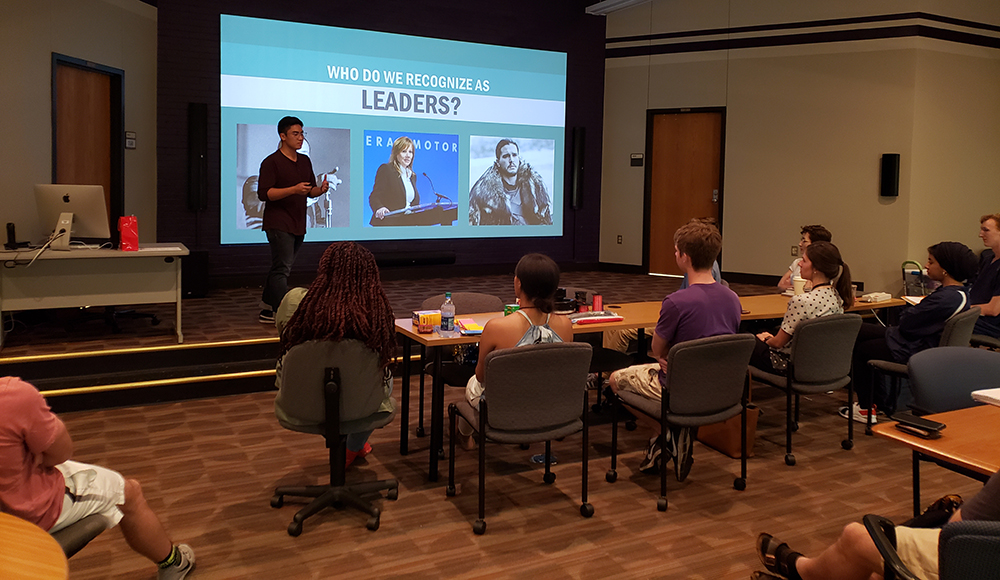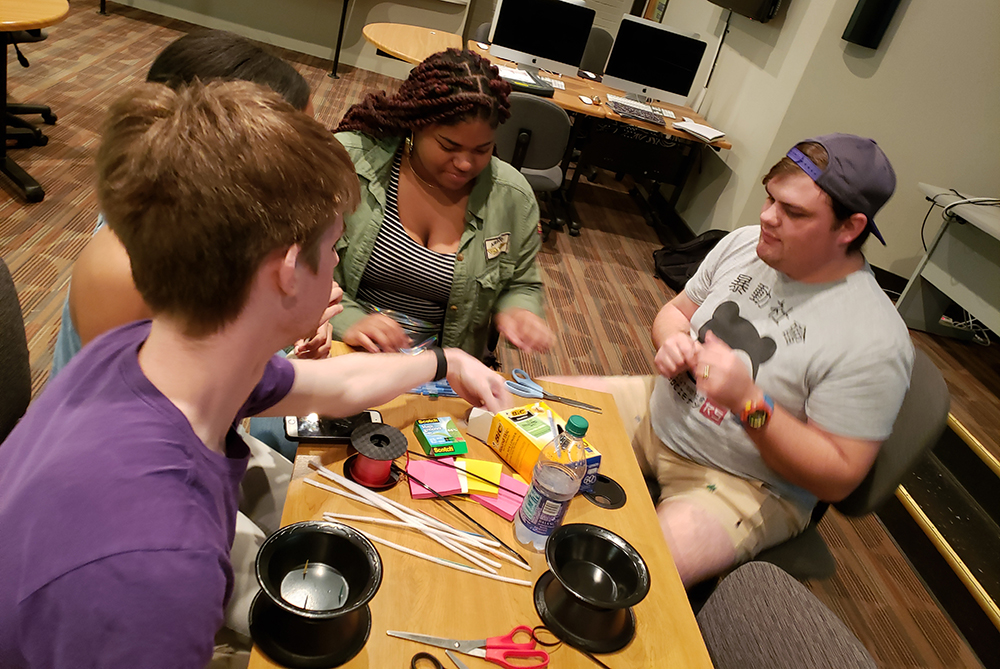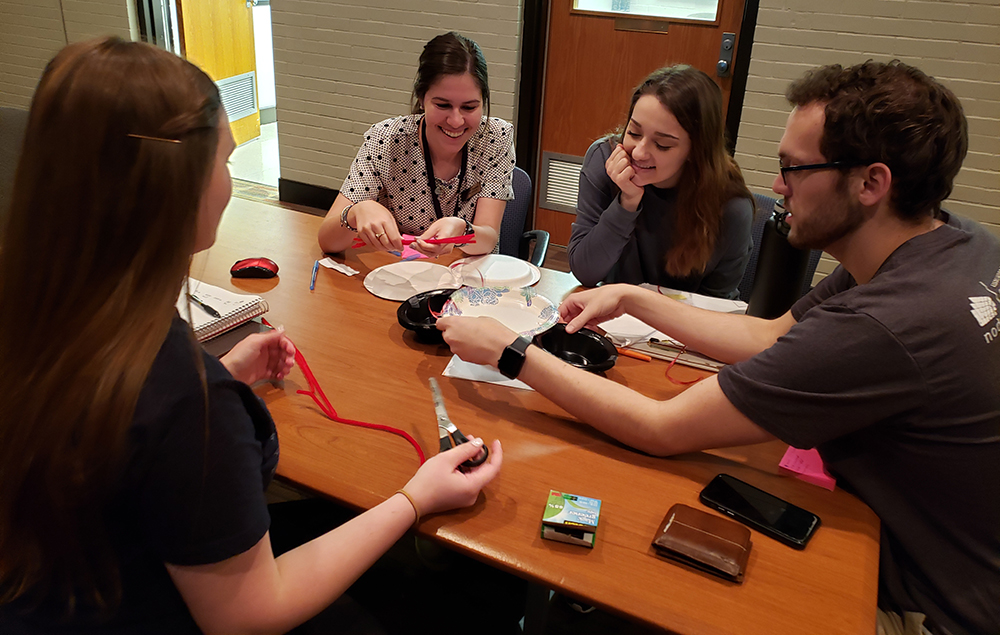Four essential tools to help leaders communicate with their teams
Since arriving at LSU in 2014, Van Le has learned a thing or two about being an effective leader. In a recent workshop with fellow Distinguished Communicator candidates and CxC Peer Mentors, Le shared some of the skills he has developed during his college career to help guide both current and future leaders.

Leadership has always interested me because of the great things that can be accomplished when collaborating with others. As a fifth-year member of the LSU TigerRacing Formula SAE team, I took many opportunities to become part of the leadership team, starting as treasurer in my second year, then being elected president and following that term as the administrative director. I believe in finding hidden potential in others and allowing them to grow and learn by providing a space for them to do so. Over the years of being a part of an evolving team and witnessing that from a leadership role, I have learned four essential tools I believe that every leader should utilize.
Equal Understanding. Teams that operate on the same page accomplish objectives efficiently. This level of connection requires constant and reliable communication among its members. To achieve this, each member must contribute a level of effort in order to communicate at this degree consistently.
Team Motivation. Members of a team can often run into unforeseen roadblocks or underperform occasionally. The team leader should recognize that some members try their hardest to deliver the best, but sometimes outside influences have an adverse affect on their results or performance. In this case, the leader should reinforce the team with positivity and reassurance. When one member is inspired to continue to work hard, others will follow their initiative. Team motivation should not come solely from the leader, but from the rest of the team as well. However, it is up to the leader to realize when a morale boost is necessary.
Hybrid Leadership. Leaders can have different interactions with their team. Some leaders can be commanding, and others can be encouraging. However, flaws can be seen in both of these types of leaders, as well as other leadership styles. Highly assertive leaders can be viewed as very demanding while highly responsive leaders can be viewed as not very directive, and these strong-sided leaders present pros and cons when interacting with their team. A skilled and experienced leader realizes that their interactions with their team should change based on the situation. Certain needs of the team require different approaches, and requires the leader to adapt and evaluate the circumstances. This provides the team with the best responses for each need that may arise and shows the team that the leader knows how to respond to any situation which forms a level of respect for the leader.
Forming a Vision. Leaders are recognized by their ability to envision a future for their company, team, or community. This workshop explored how to communicate this vision to others and how to maintain the team’s passion. Leaders must recognize the necessity in effective communication in order to give their team a clear idea of what is meant to be achieved. This is what allows organizations to last for years and years. Leaders have a mission to continue inspiring others to maintain the organization's purpose and goals.
What are some ways you can practice these principles with your team?

Envisionary: Choose a team leader and have them explain a vision to the team. Have the team then create an action plan without input from their leader. This exercises the participants’ use of effective communication to convey a clear message and a broader idea.
Bridge the Gap: Task participants to build a bridge in teams, where the team leader can only direct the construction of the bridge without touching it. Each member has to plan, organize, and execute their objectives in order to build a functional bridge. I personally enjoyed watching each team have fun with this activity, engaging in frantic planning and frustrated squabbling.

Using these tools, I hope that leaders can develop their skills, such as broad and personal communication, team motivation, task management, and hybrid leadership. Even those who aren’t currently in leadership roles can search for opportunities with a comprehensive set of tools to succeed and excel. Anyone can be a leader if they are aware of the many team communication and functionality processes that are essential for continuing a legacy of an organization.
Van Le is a mechanical engineering senior graduating in May 2019. In addition to being an exemplary leader, he is a Distinguished Communicator candidate, serves as a CxC Peer Mentor and is a rockstar TEDxLSU team member.